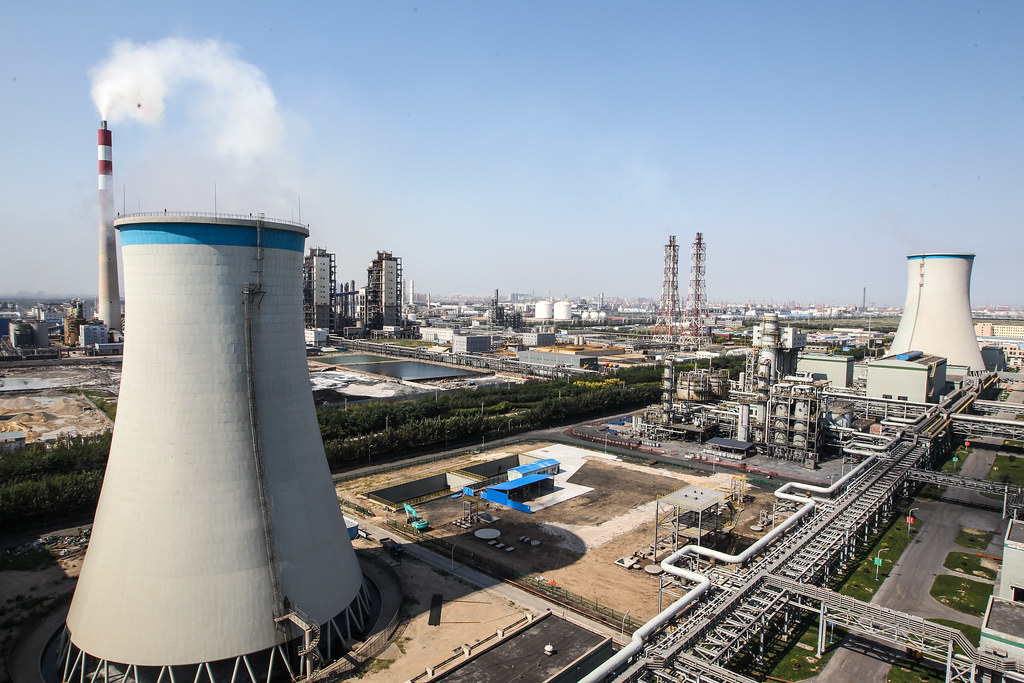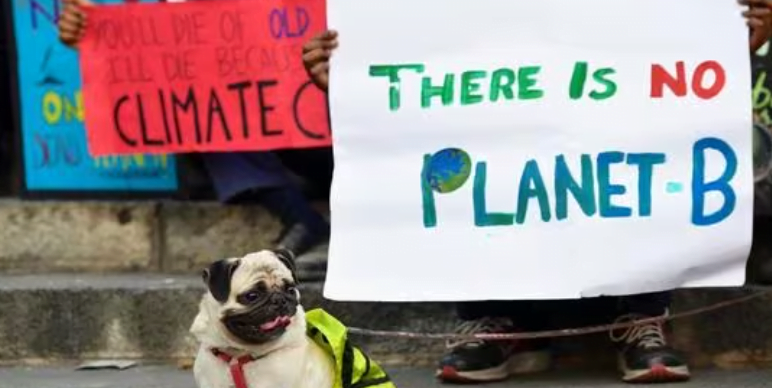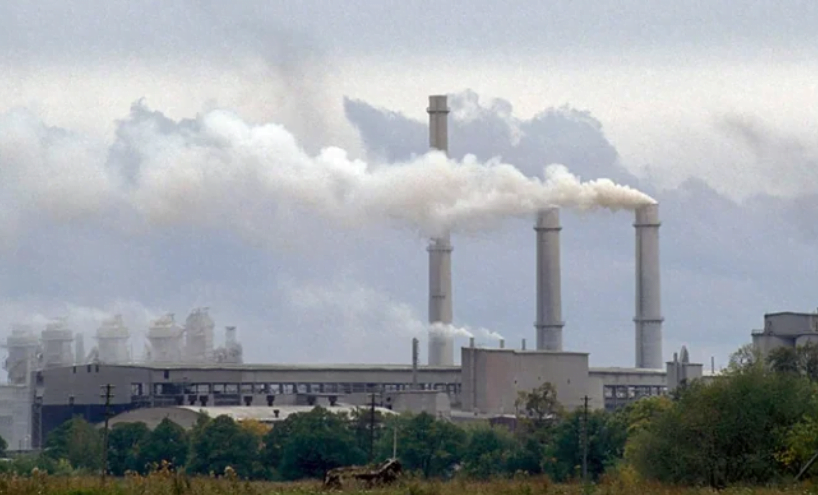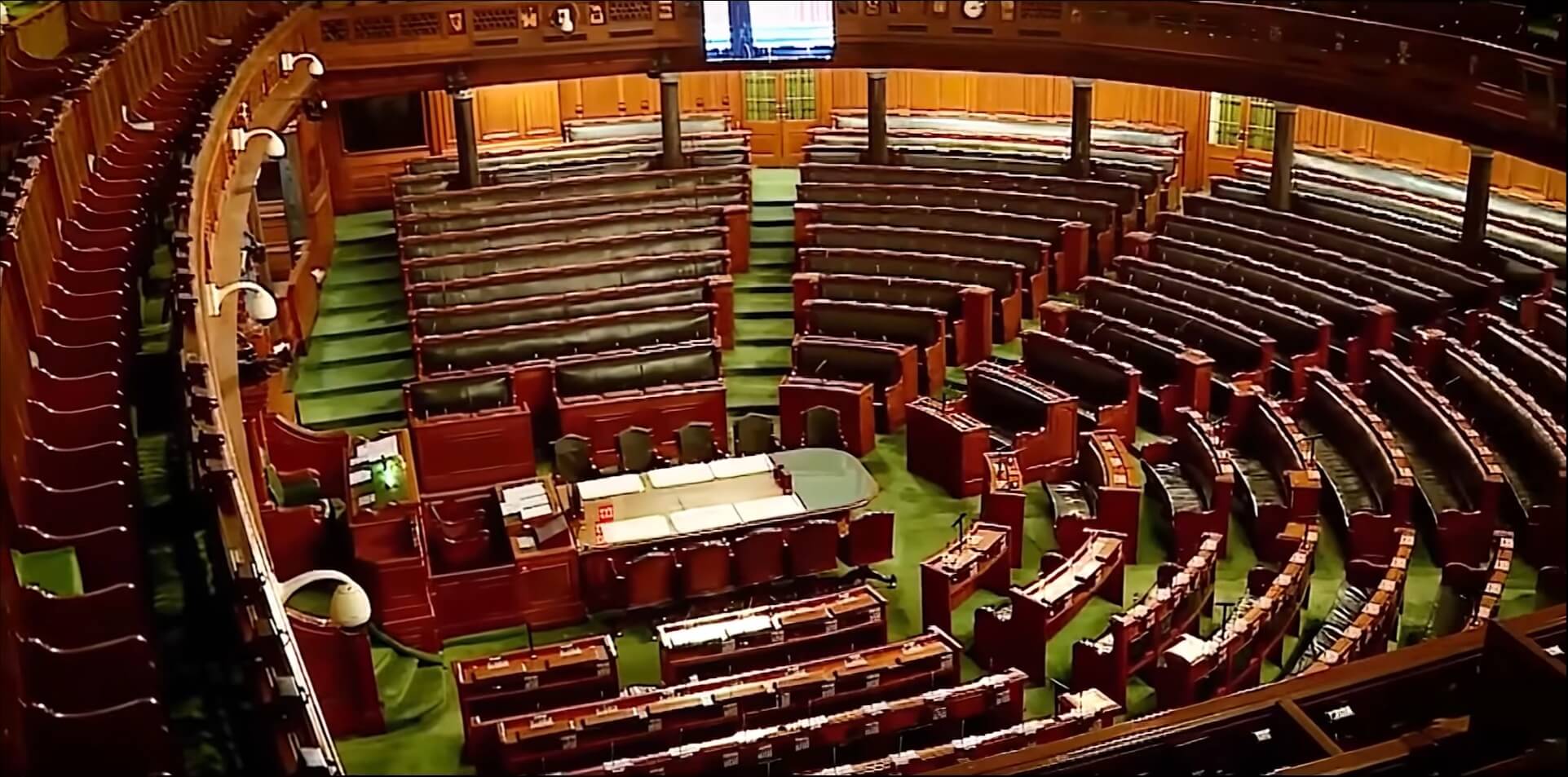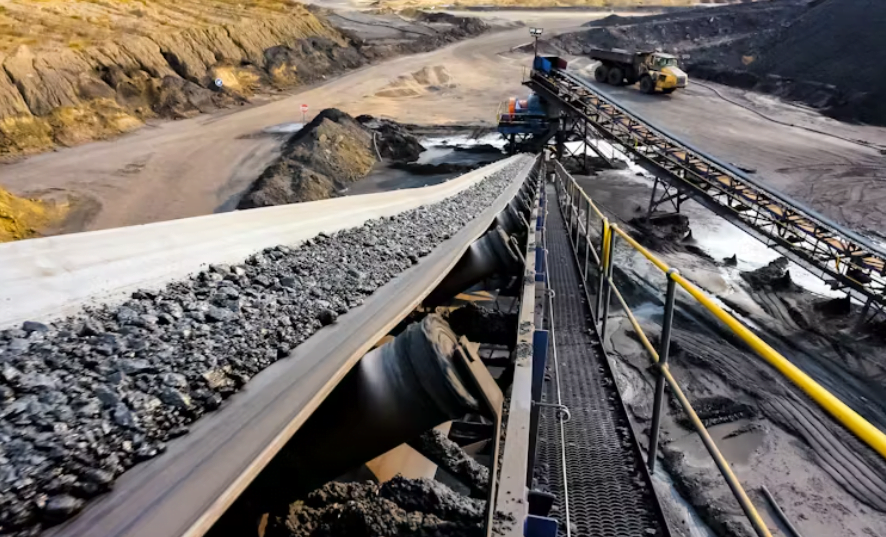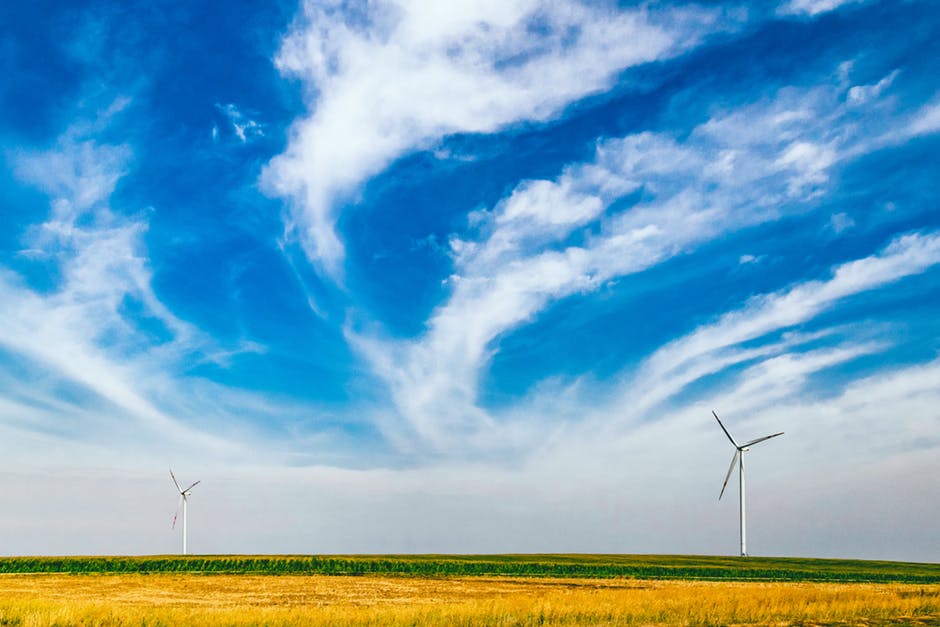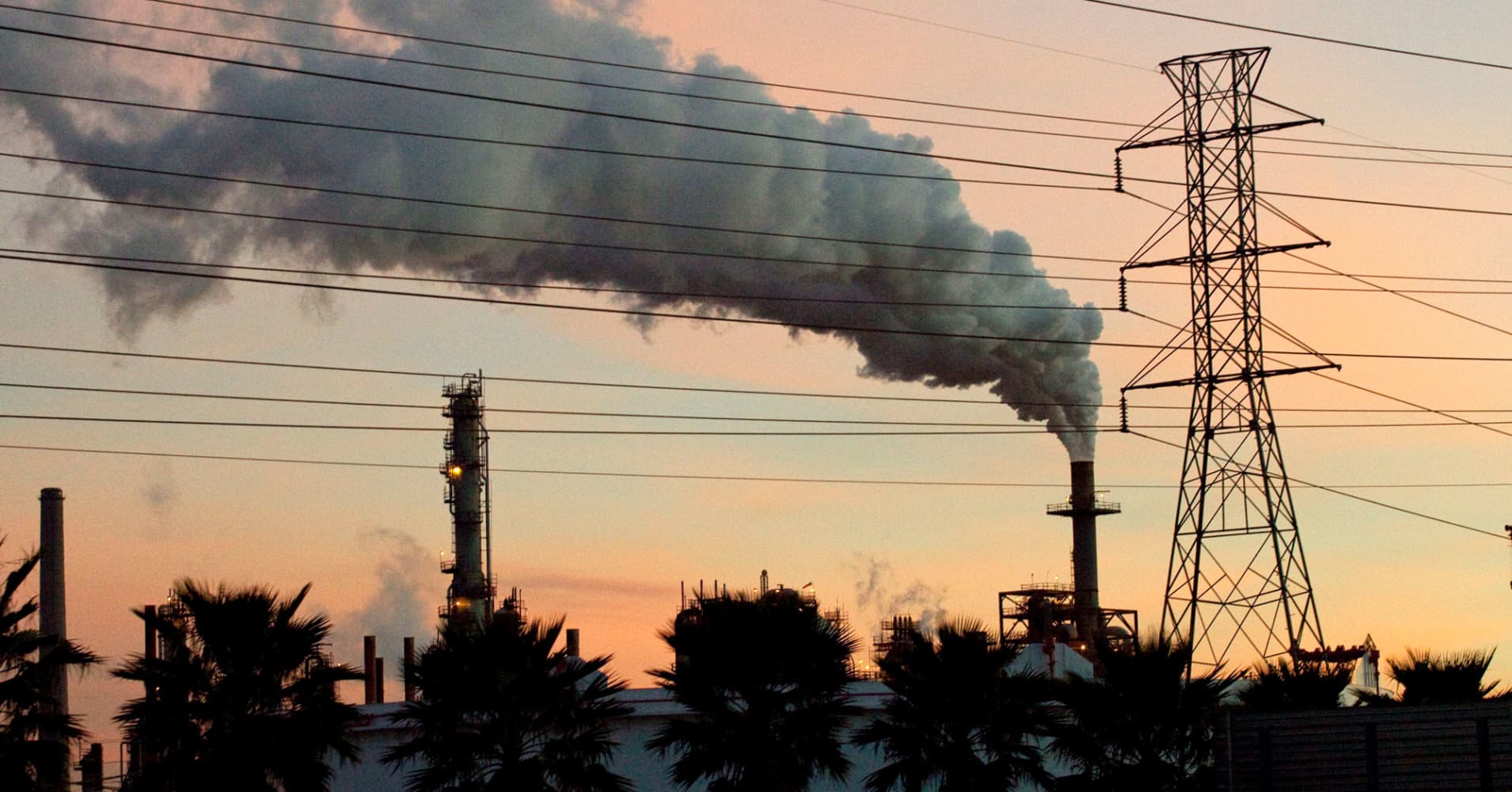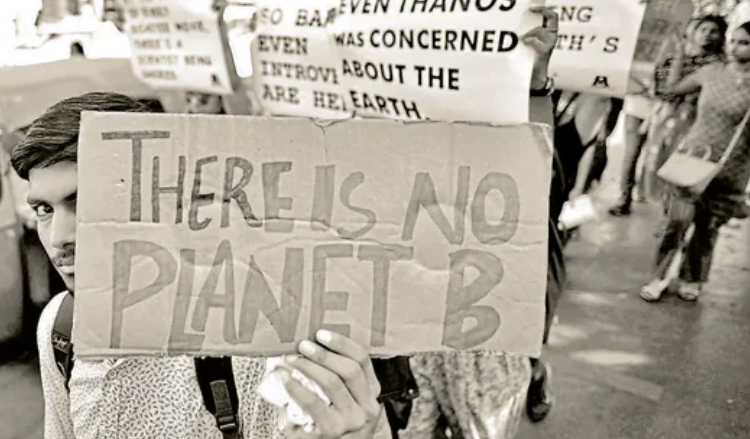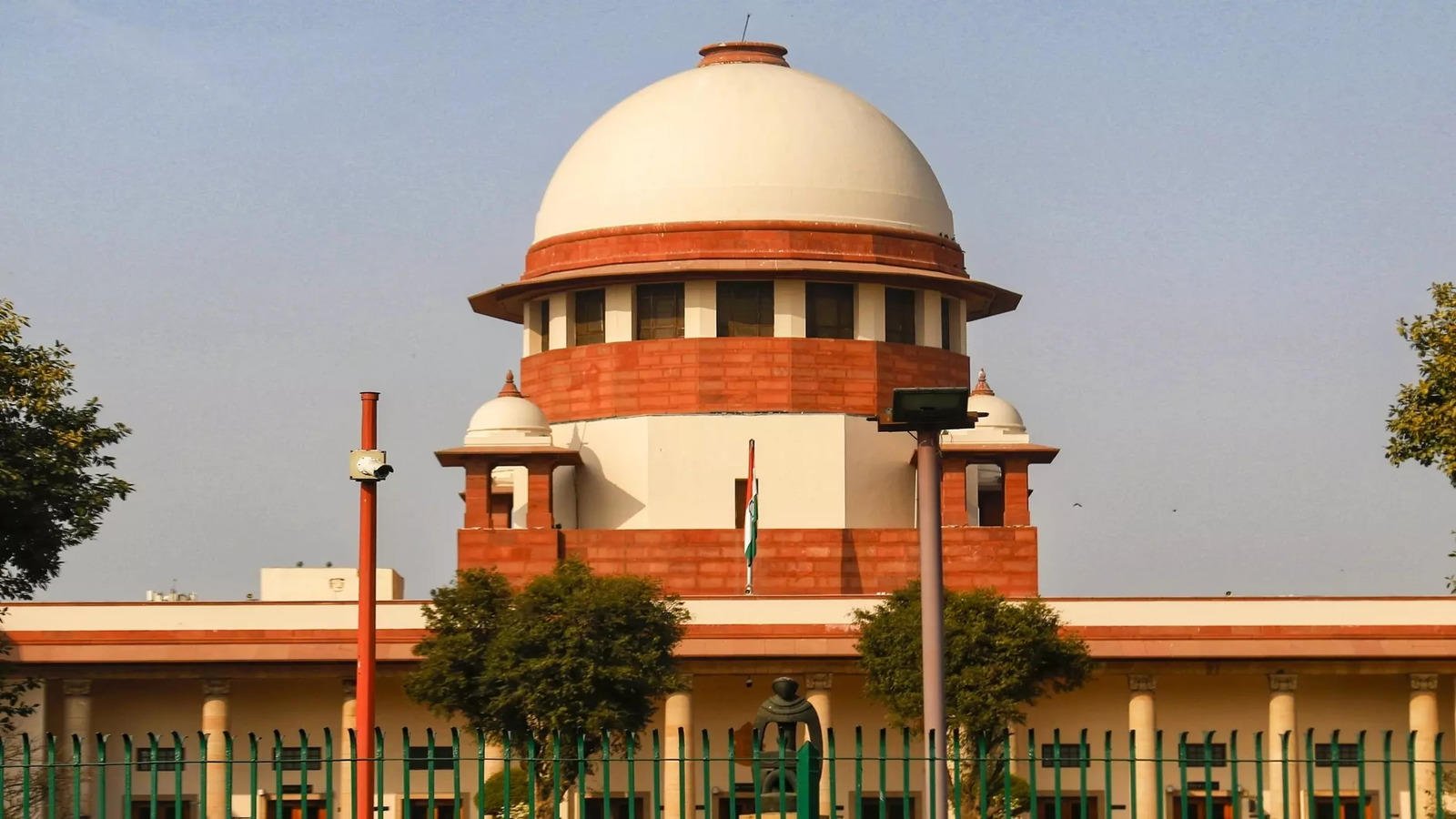Abstract
A review of global and national energy research, development, and demonstration (RD&D) investments between 2000 and 2018 reveals that global public energy RD&D and cleaner energy RD&D investments dramatically increased, but then plateaued after 2009. In absolute values, nuclear energy has held steady, fossil energy contracted, and clean energy RD&D quadrupled. As a percentage of overall investments, both fossil fuel and nuclear investments contracted during the period. This review compares the energy innovation priorities of the world’s largest economies using the metric of public expenditures on energy RD&D. China and India have become important global public investors in energy innovation, now among the top five globally. Priorities set by the Chinese and Indian governments will thus influence new energy technology breakthroughs in the coming years. The US and Chinese governments are now competing for first place in clean energy RD&D, depending on whether or not nuclear and cross-cutting technologies are included. India has dedicated substantial funding to indigenizing nuclear power technologies. Energy RD&D by state-owned enterprises (SOEs) in major emerging economies remains skewed toward fossil fuels and nuclear. Reforming SOE expenditures to move away from fossil fuels could have a major impact on global energy technology trajectories, making a material difference in the quest to decarbonize the energy system.
Read more
